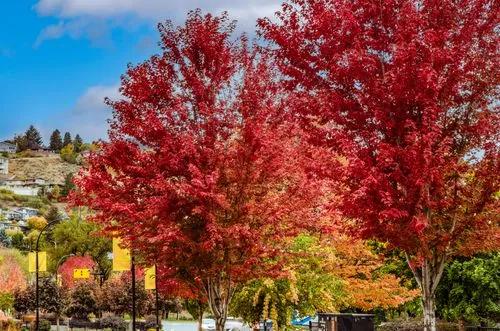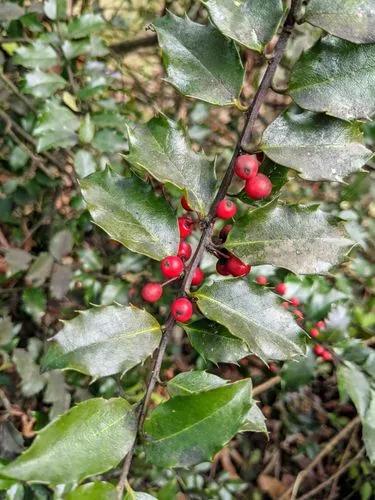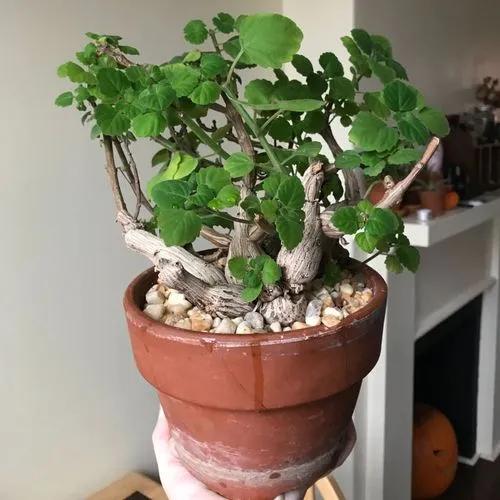Chamaecyparis thyoides (Atlantic white cedar, Atlantic white cypress, southern white cedar, whitecedar, or false-cypress), a species of Cupressaceae, is native to the Atlantic coast of North America and is found from southern Maine to Georgia and along the Gulf of Mexico coast from Florida to Mississippi. The species grows in forested wetlands where they tend to dominate the canopy. The trees are associated with a wide variety of other wetland species because of their wide north-south range. The remaining populations are now found mostly in remote locations that would be difficult to harvest, so its popularity as a source of lumber has decreased.
Atlantic White Cedar Care
Chamaecyparis Thyoides



Chamaecyparis thyoides grows within 100 miles of the coastline and less than 50 m above sea levelcalong much of the East Coast and Gulf Coast. Rare populations grow in the foothills of the Appalachian Mountains, where the tree may be found up to 460 m above sea level. Nationally, Atlantic white cedar are protected in the Great Dismal Swamp National Wildlife Refuge, Alligator River National Wildlife Refuge, Cape Cod National Seashore, Croatan National Forest, Francis Marion National Forest, Ocala National Forest, and Apalachicola National Forest. Altered fire regimes, logging, and draining of wetlands outside of the few protected areas have all contributed to the general decrease in the size and occurrences of Atlantic white cedar strands. The tree is listed as Rare in Georgia and New York, of Special Concern in Maine, and Extirpated in Pennsylvania. Chamaecyparis thyoides lives almost exclusively in freshwater wetlands and are considered an obligate wetland species. It prefers habitats where the soil is saturated with water at least during the majority of the growing season. The soils in these regions have a thick organic layer, often classified as a histic surface horizon, with sandy material at greater depths and poor drainage. Atlantic white cedar wetlands are acidic and there is little oxygen stored in the soil because water has displaced the air. Plants that live in these environments must be specially adapted to such conditions. Though the tree is not listed as threatened, Atlantic white cedar wetlands are considered a globally threatened ecosystem, and often serve as carbon sinks because of their peat-building abilities.
How to Care for the Plant

Popularity

157 people already have this plant 13 people have added this plant to their wishlists
Discover more plants with the list below
Popular articles






